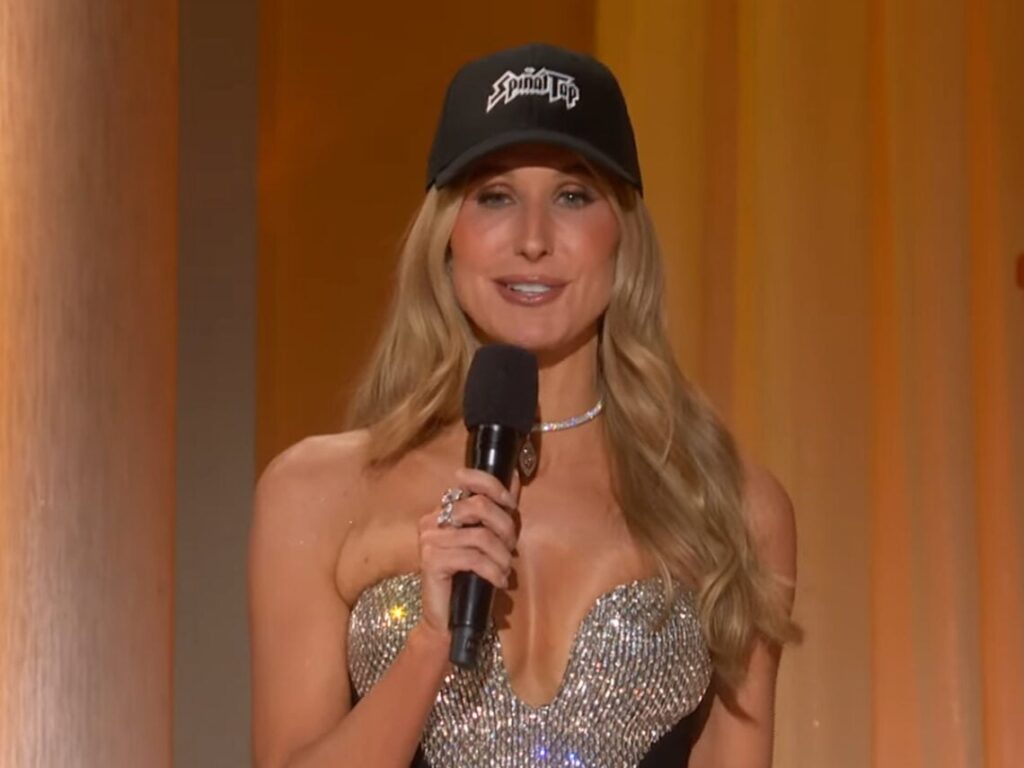‘Beautiful Thing’: British cinema’s stunning 1990s LGBTQ+ love story
 Posted On
Posted On
(Credits: Far Out / Film4)
While LGBTQ+ romance tales are thankfully common in contemporary cinema, thanks to such pioneering dramas as 2005’s Brokeback Mountain and 2016’s Moonlight, such has only become the standard in the 21st century. Indeed, before the turn of the new millennium, homosexuality was still considered something of a taboo subject, yet the tides of such thought changed in the 1970s when the rise of several crucial social movements saw gay stories flourish in cinema.
Making way for such films as The Boys in the Band, A Very Natural Thing and The Rocky Horror Picture Show, the ‘70s were pivotal in changing the perspective of the LGBTQ+ community, with this increased visibility going on to spark more conversation in the decades to come. As attitudes changed, cinema continued to express important stories of love and defiance, from Stephen Frears’ 1985 film My Beautiful Laundrette to Jennie Livingston’s seminal 1990 documentary Paris is Burning.
But, while in the midst of the rise of LGBTQ+ dramas in the 1990s, Hettie Macdonald’s 1996 film Beautiful Thing was largely forgotten despite being one of the decade’s finest films. Starring actors who had only previously been seen on British TV, this independent drama followed Jamie, a shy young man who befriends his neighbour Ste, who has long been physically assaulted by his own father.
Based on the play of the same name, the film, which was originally only intended to be broadcast on TV before making the headlines on the silver screen, proved to be seminal in British cinema, speaking to a new generation of young people, including filmmaker Andrew Haigh, who calls it one of his favourite LGBTQ+ love stories. Praised for its authenticity not just of gay romance but also of young love, Beautiful Thing became a defining indie film of the 1990s.
As Jamie and Ste’s friendship grows stronger, they soon discover that their hardships bring them closer than they both could have ever thought possible, forming a heartfelt relationship that feels embedded in authenticity. Both relatable in their makeup, the lives of Ste and Jamie could be seen reflected in real-life individuals across the UK and, indeed, all over the world, with their awkward, youthful relationship encouraging effortless empathy.
“To be part of something that can change somebody’s life, which it has, is something I’ll never forget,” Scott Neal told DNA in regard to his role as Ste in the film, “There were so many letters that came to me and the rest of the cast… everything was so positive, including young guys who had come to terms with themselves through the movie.” Indeed, it was the organic nature of the film itself that allowed such a reception to flourish, with the film setting its roots in the context of British social realism, where characters speak with near-total authenticity.
In an era where authentic and positive representations of gay relationships were still rare, Beautiful Thing paved new ground, showing off a coming-of-age story that forced itself into the zeitgeist. A precursor to such contemporary LGBTQ+ love stories like Netflix’s Heartstopper and Love, Simon, Beautiful Thing is yet to get the praise it so desperately deserves.
[embedded content]


